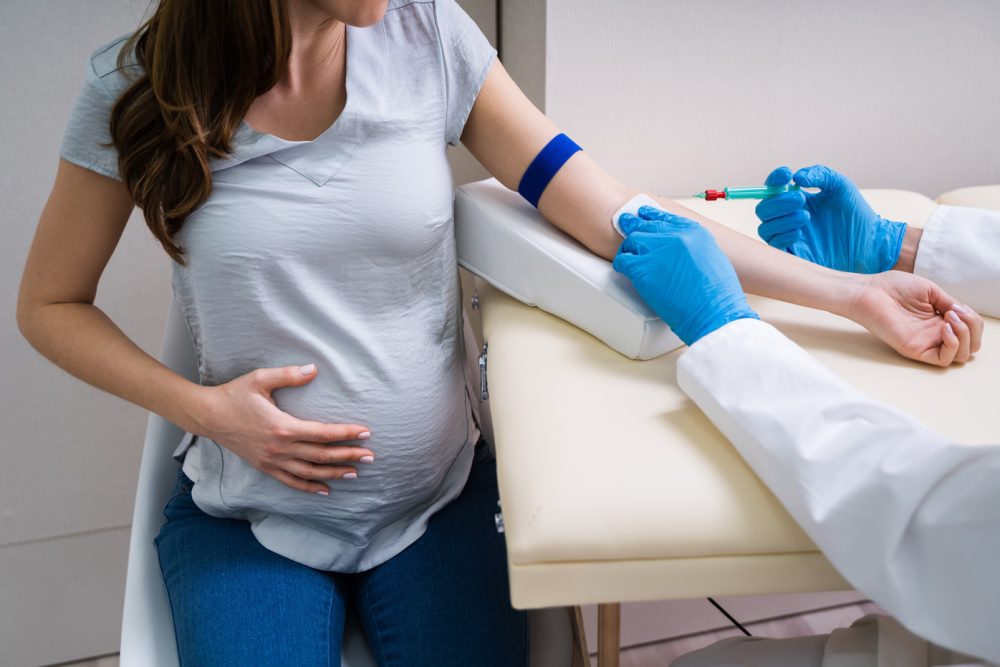Despite the decline in lead usage in gasoline, substantial concentrations of lead in the air remain a pressing issue in both developed and developing countries due to industrial emissions. A new study conducted by researchers from Carnegie Mellon University, Boston College, and Hunan University highlights the alarming impact of airborne lead on infant mortality.
Published as an NBER Working Paper, the study found a statistically significant correlation between air lead concentration and infant mortality rates.
It utilized data from the U.S. Toxic Release Inventory (TRI), which tracks 650 chemicals and was established following the chemical disasters in Bhopal (1984) and West Virginia (1985). Researchers combined this data with wind speed information and infant health records from the National Vital Statistics System to estimate the causal effect of lead exposure on infant deaths.
According to Karen Clay, professor of economics and public policy at Carnegie Mellon’s Heinz College, the study fills a critical gap in understanding the impact of lead exposure on infants in modern healthcare settings.
“Although many studies have examined the adverse effects of lead on children’s cognitive and behavioral outcomes, few have analyzed its impact on infants’ health,” she explained.
The study analyzed 127 U.S. counties with plants emitting lead within two miles of Environmental Protection Agency (EPA) lead monitors and within 10 miles of wind monitors.
The findings revealed that higher air lead concentrations significantly increased infant mortality rates in both the first month and first year of life, with notable deaths from low birthweight, sudden unexplained infant death, and respiratory and nervous system complications.
Edson Severnini, associate professor of economics at Boston College and coauthor of the study, estimated that reductions in fugitive lead emissions have prevented 34 to 59 infant deaths annually, generating benefits of $380 million to $670 million each year.
Despite progress, the United States’ industrial and aviation sectors continue to emit hundreds of thousands of pounds of lead into the air. “Our new estimates can guide investments in reducing air lead emissions and soil cleanups,” added Xiao Wang, assistant professor of economics and trade at Hunan University.




